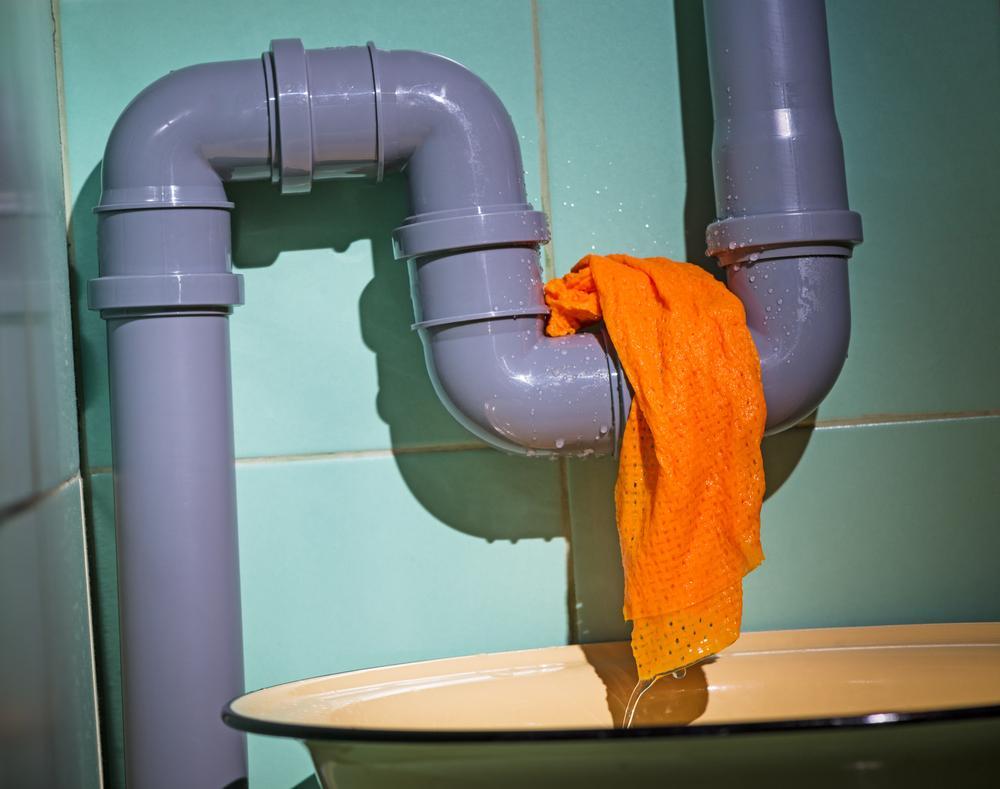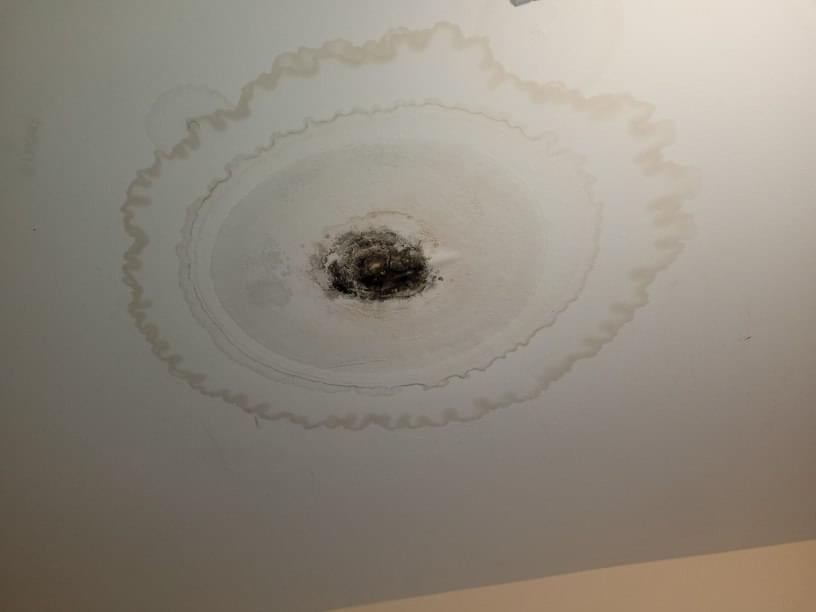Have you been looking for facts around How to Check for Bathroom Leaks?

Washroom leakages are annoying as they interrupt your day's strategy. They differ in intensity depending on the source of the leakage. You have to prioritize them, as they can promptly aggravate. So, it is an alleviation that most shower room leaks are simple to fix and also spot, with minimal price implications.
Having a water leak in bathroom can be demanding to the house owner. The article serves as a "initial aid" when you require an emergency action to a water leak in washroom.
Discovery as well as Repair Work of Water Leakage in Restroom
Water leakage in shower room typically results from pipes and also pipeline faults. You may require a basic knowledge of these leakage types to detect the water leak in restroom.
Clogged Washroom Sinks
Often, the water leakage in restroom results from sink clogs. This is usually a nuisance to homeowners as well as may be undesirable. Blockages may result from the accumulation of soap residue, hair fragments, or particles that block the drainpipe. It is simple to handle clogs, and you might not need professional abilities.
What to Do
You can make use of a drainpipe snake to get rid of the particles in the drainpipe and allow the stagnant water flow. Drain pipes cleaners are likewise offered in stores and also are simple to use.
Commode Leaks
In some cases, water leaks from the commode and pools around the bathroom base. It is an eyesore in the washroom as well as needs prompt attention. Occasionally, it arises from a loose connection between the storage tank and the commode. This causes water to trickle from the cistern to the flooring. It may likewise result from fractures in the toilet bowl or a faulty shut-off shutoff.
What to Do
If there are loose bolts in between the tank and also toilet, you just require to tighten them. In some cases you might require to reapply wax on the gasket or call a shower room leakage expert to replace broken or used parts.
Dash Leaks
These frequently result from water spilling on the restroom flooring from the bath tub. It is a consequence of using an inadequate shower drape or used bathtub cellular lining. It harms the shower room flooring as well as might cause rot to wood floorings and restroom doors. The water normally pools around the bathtub or shower. This might lead to worse washroom damages without prompt handling.
What to Do
If the leakage has damaged the shower room floor or door, you may require to change these to avoid more damage. The excellent information is that you can include a plumbing professional to help with the bathroom repair service.
Final thought
Water leakages in the bathroom are avoidable events in the house. When they do, fix them without delay, or engage the services of an expert.
The write-up offers as a "first help" when you require an emergency situation action to a water leak in restroom.
Water leak in bathroom commonly results from pipes as well as pipeline mistakes. You may require a fundamental understanding of these leakage kinds to discover the water leak in restroom. In some cases, the water leakage in restroom results from sink clogs. It harms the restroom flooring as well as might trigger rot to wooden floors and washroom doors.
Water Leaking in the Bathroom Wall
A GUIDE TO FINDING LEAKS IN BATHROOM WALLS
Paint or Wallpaper Peeling: This sign is easily spotted, so it cannot be missed. A leak in the wall can lead to wallpaper that separates along seams or paint that bubbles or flakes off the walls. Musty Smells: The damp flooring and plaster inside the wall grow an odor similar to wet cardboard as water slowly drips from a leaky pipe inside the wall. You can find leaks hidden beneath a musty odor. Growing Stains: The interior of a wall affected by a leaky pipe sometimes becomes infested with mold. Often, your indicator of a hidden plumbing problem is a growing strain on otherwise clean plaster. Structural Damage: Do not overlook constant moisture inside the walls of bathrooms when ceilings or floors become structurally compromised. Water-damaged walls can damage adjacent surfaces and stain flooring and ceilings. Unusual Discoloration: The wet spots may eventually dry when a leak penetrates deeper inside a wall. The stains they leave behind are paler than the adjacent paint or surface. Dripping Sound: It is common to hear dripping sounds inside walls when water runs down them. A squeaking noise can be heard while turning off a valve in a sink, bathtub, or shower. When flushing the toilet, you may also hear this noise. A GUIDE TO REPAIRING WATER LEAKAGE
Verify The Wall Leak: Shut down your main water supply and note the reading on your water meter. If the meter reading rises after a few hours, the leak is inside the house. In the absence of any changes, the leak may be the result of clogged gutters or drains. Turn off the water: You can turn off the water after you confirm the leak is within the walls. If you’re beginning repairs, drain as much water from the pipes as possible. Find & Fix The Leakage: Locate the wettest area on the wall with a moisture meter or infrared camera. Patch kits can stop the leak, but the fix might only be short-term. In the next few days, double-check the area to ensure the leak is no longer present. Removing mold and cleaning all surfaces: Dish soap and warm water should be used to clean affected areas. Bleach and water are recommended for disinfecting nonporous surfaces. Fan and dehumidifier running will speed up drying time. Remove mold growth immediately from walls, ceilings, and other surfaces. https://wlstaton.com/how-to-find-and-repair-water-leaking-in-the-bathroom-wall/

I'm just very fascinated by How to Check for Bathroom Leaks and I really hope you enjoyed the entire article. Those who liked our blog post if you please be sure to pass it around. Thanks so much for going through it.
Booking